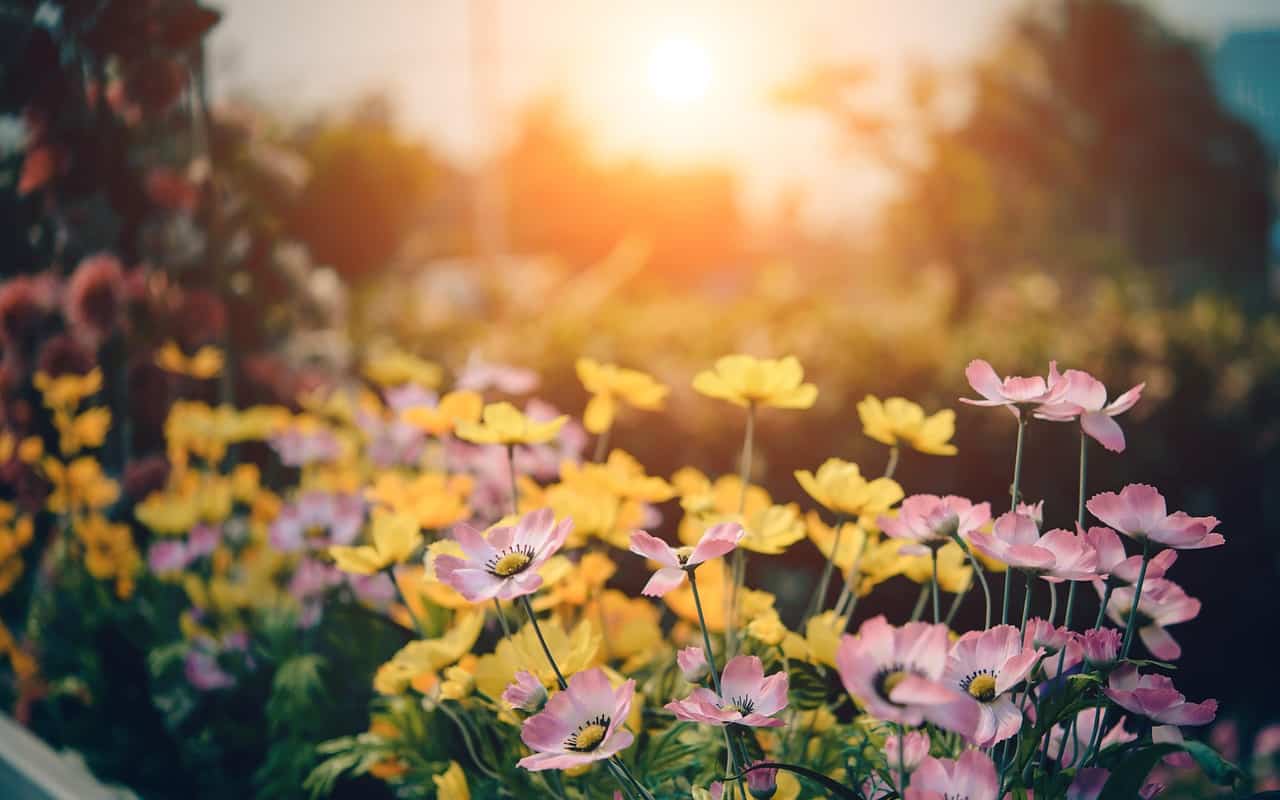If you live in Zone 7, you’re lucky enough to have a moderate climate that allows for a wide variety of plants to thrive. In this blog post, we’ll give you a rundown of some of the best plants to grow in Zone 7, so you can have a beautiful and bountiful garden.
Mealy-Cup Sage
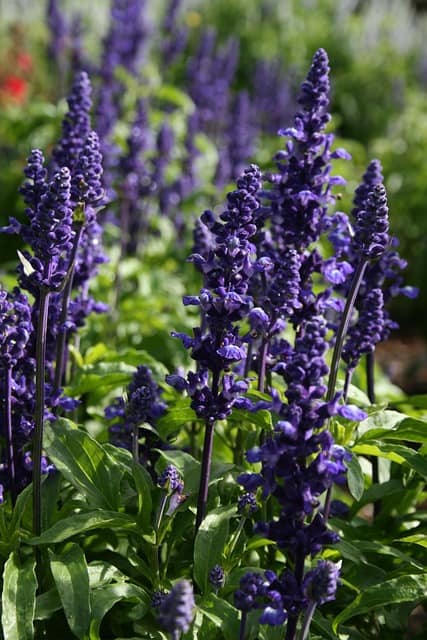
Mealy-cup sage is a beautiful plant that produces clusters of sky blue flowers. It’s a great choice for gardeners who are looking for color and texture, as the flowers are accented by the plant’s fuzzy, gray-green leaves. Mealy-cup sage is drought tolerant and does well in full sun or partial shade.
English Lavender
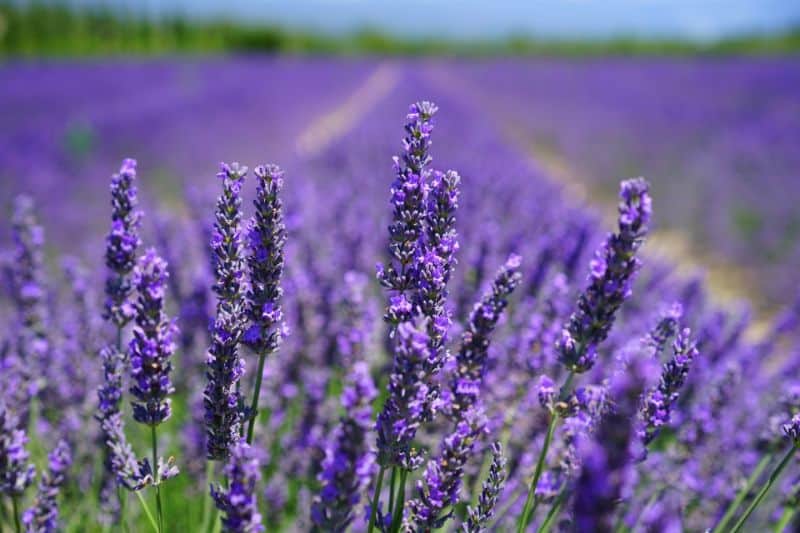
Who doesn’t love the smell of lavender? This fragrant herb does well in sunny, well-drained spots in the garden. English lavender is a compact plant that only grows to be about 18 inches tall, making it a great choice for small gardens or as a border plant. Be sure to cut back the stems after blooming to encourage new growth.
Black-Eyed Susan
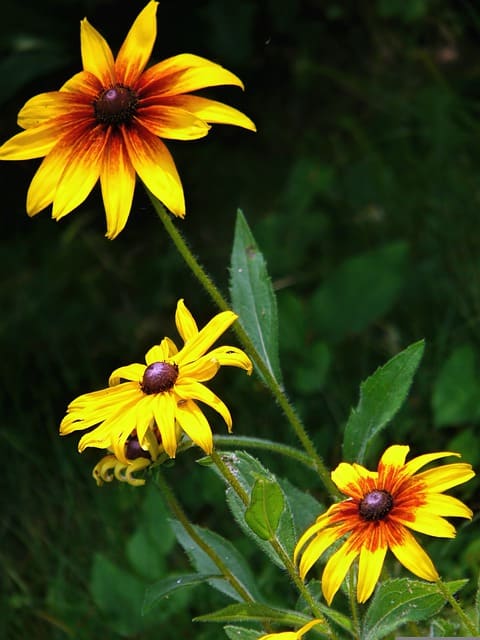
Black-eyed Susans are cheerful annuals that add brightness to any garden. These sun-loving plants produce yellow or orange flowers with black center disks. They’re easy to grow and make excellent cut flowers. Black-eyed Susans self-seed readily, so be prepared for them to pop up in other parts of your garden if you don’t deadhead them regularly.
Canna Lily
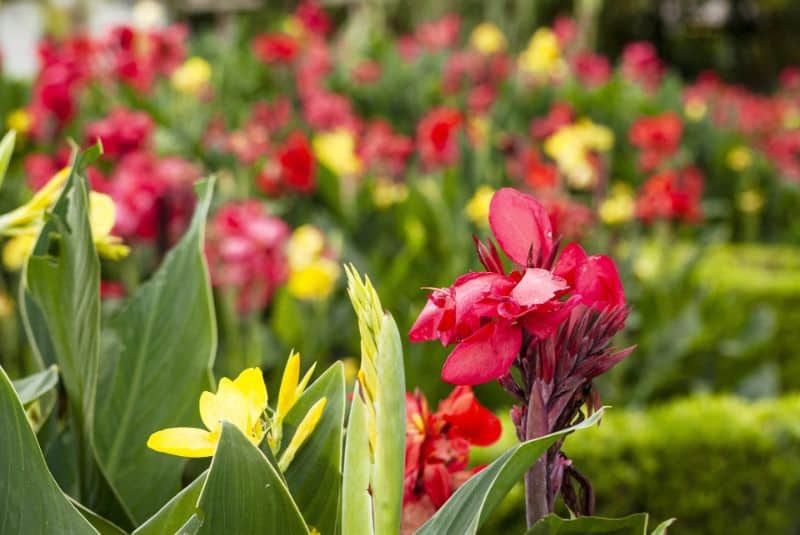
Canna lilies are tropical plants that will add a touch of the tropics to your garden. These showy perennials produce yellow, red, pink, or orange flowers on top of large foliage that can reach up to 6 feet tall. Canna lilies do best in full sun and moist soil. They’re also relatively low maintenance, making them a great choice for novice gardeners.
Crown Imperial

Crown imperials are stately bulbs that produce clusters of orange or red bell-shaped flowers. These dramatic blooms appear on top of 2–3 foot tall stems in early spring. Crown imperials prefer full sun and well-drained soil. Be sure to plant them deeply—the deeper they’re planted, the longer they’ll last in your garden.
Butterfly Weed (Asclepias tuberosa)
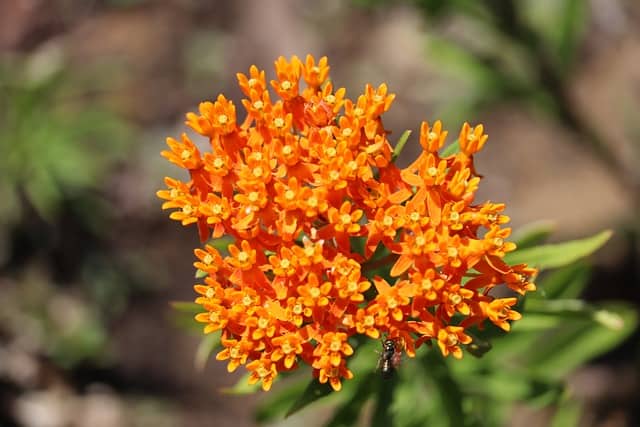
This North American native is a perfect choice for gardeners in zone 7. Butterfly weed is drought-tolerant and adaptable to most soil types. It prefers full sun but will also do well in partial shade. This plant is a great source of nectar for bees, butterflies, and hummingbirds. And the Monarch butterfly relies on it as a host plant for its larvae. Butterfly weed is a beautiful addition to any garden, with its orange or yellow flowers that bloom from June to August.
Joe-Pye Weed (Eupatorium maculatum)
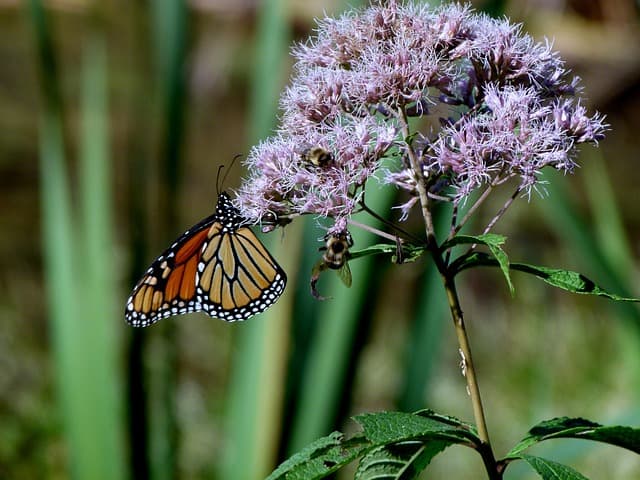
Joe-Pye Weed is another North American native that does well in zone 7 gardens. It prefers moist soil and partial shade but will also tolerate drier conditions. This plant can grow to be quite tall—up to six feet!—so it’s perfect for adding height and interest to your garden. The clusters of pink or purple flowers are a real showstopper, blooming from July to September. Spotted Joe-Pye Weed is a favorite of bees, butterflies, and hummingbirds.
Hollyhock (Alcea rosea)
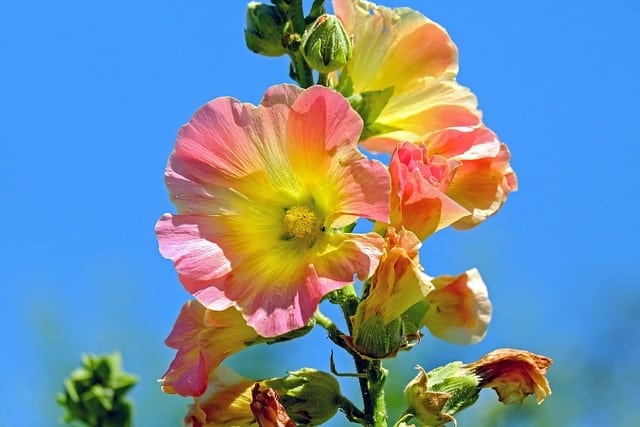
Hollyhocks are old-fashioned favorites that have been gracing gardens for centuries. These tall plants are perfect for adding height and color to your garden. They prefer full sun but will also tolerate partial shade. Hollyhocks come in a wide range of colors, from white and cream to pink and purple to red and yellow. And they bloom from June to September—plenty of time to enjoy their beauty!
Maiden Grass (Miscanthus sinensis ‘Gracillimus’)
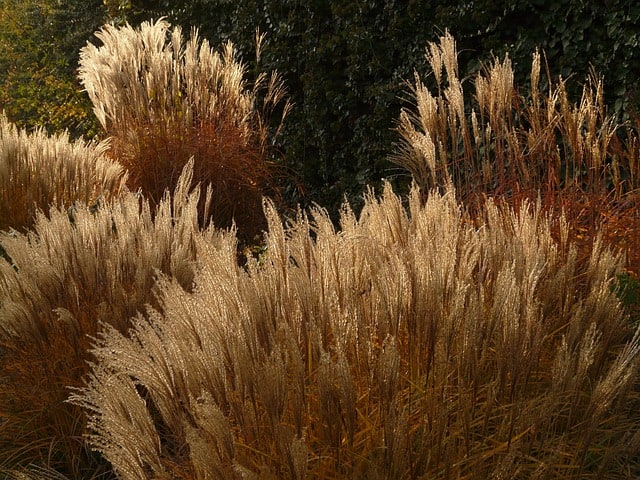
Maiden grass is a beautiful ornamental grass that is perfect for adding texture and interest to your garden. It prefers full sun but will also do well in partial shade. Maiden grass can get quite tall—up to eight feet!—so it’s ideal for using as a privacy screen or background planting. The delicate flowers appear in August and September, turning a lovely shades of pink, red, or bronze as they mature. Maiden grass is low-maintenance and drought-tolerant, making it a great choice for busy gardeners.
Lilyturf (Liriope spicata)

Lilyturf is an evergreen perennial that does well in both full sun and partial shade. It’s perfect for planting as edging along walkways or borders since it only grows to be about 12 inches tall. Lilyturf has delicate flowers that appear in summer, followed by berries in fall. The berries are favored by birds, making Lilyturf a great choice if you’re looking to attract wildlife to your garden. Lilyturf is low-maintenance and drought-tolerant, making it an easy plant to care for.


